The Ultimate Guide to Government Incentives for Batteries, Solar, and EVs in Australia (2025)
As Australians continue to embrace sustainable energy solutions, understanding the financial support available for investments in solar panels, home batteries, and electric vehicles (EVs) has never been more important. The good news? The government is offering several incentives across the country to make the transition to cleaner energy more affordable.
From rebates to interest-free loans, these programs vary by state and territory, with unique eligibility requirements and ever-changing policies. Navigating through this landscape can feel like a maze, but don't worry—we've got you covered with a detailed, easy-to-follow guide to help you make the most of these opportunities.
▶️MORE: Electric Car Incentives in Australia: State by State Guide
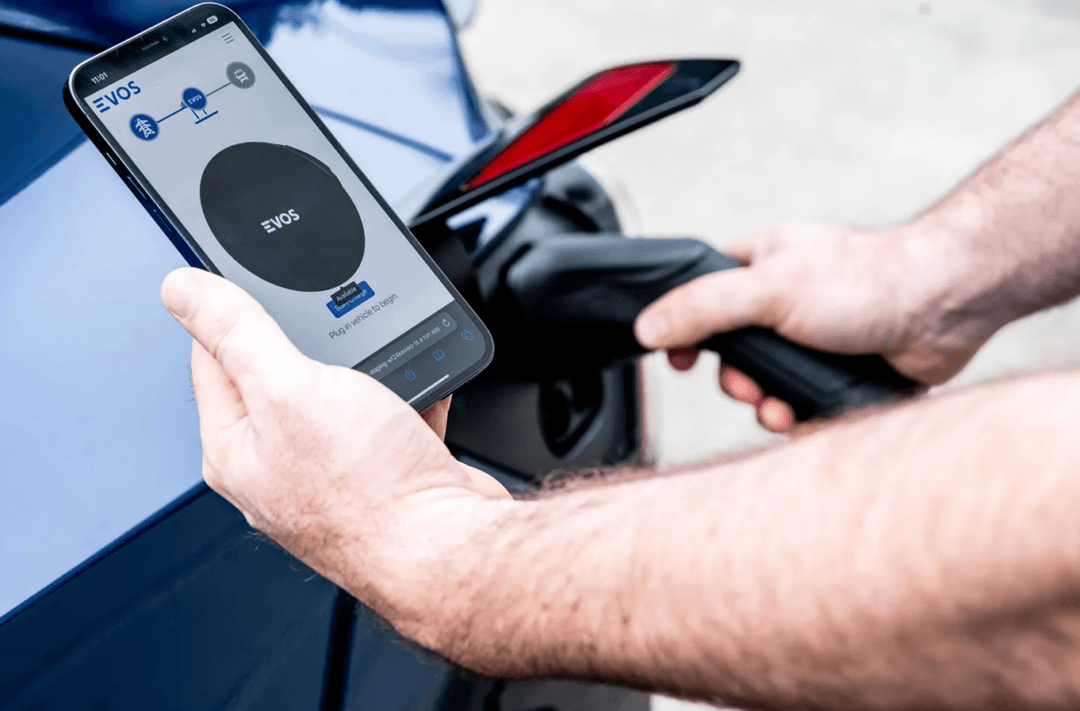
Whether you're considering installing a home battery, upgrading your solar system, or switching to an electric vehicle, this guide will provide you with everything you need to know to take full advantage of these government incentives. Let's dive in.
Federal Government Incentives: A National Approach to Clean Energy
The federal government has introduced several programs to make solar, batteries, and EVs more affordable. These programs, available nationwide, aim to reduce upfront costs and help households embrace a cleaner, greener future.
Small-scale Renewable Energy Scheme (SRES)
This scheme is designed to help reduce the upfront costs of installing solar panels by providing Small-scale Technology Certificates (STCs). The number of certificates you receive depends on the size of your solar system and your location. This can save you thousands of dollars on your solar installation. However, the value of STCs is set to decrease each year until the program phases out in 2030, so acting sooner rather than later can save you more.
▶️MORE: Do Home Solar Batteries Make Financial Sense in 2025?
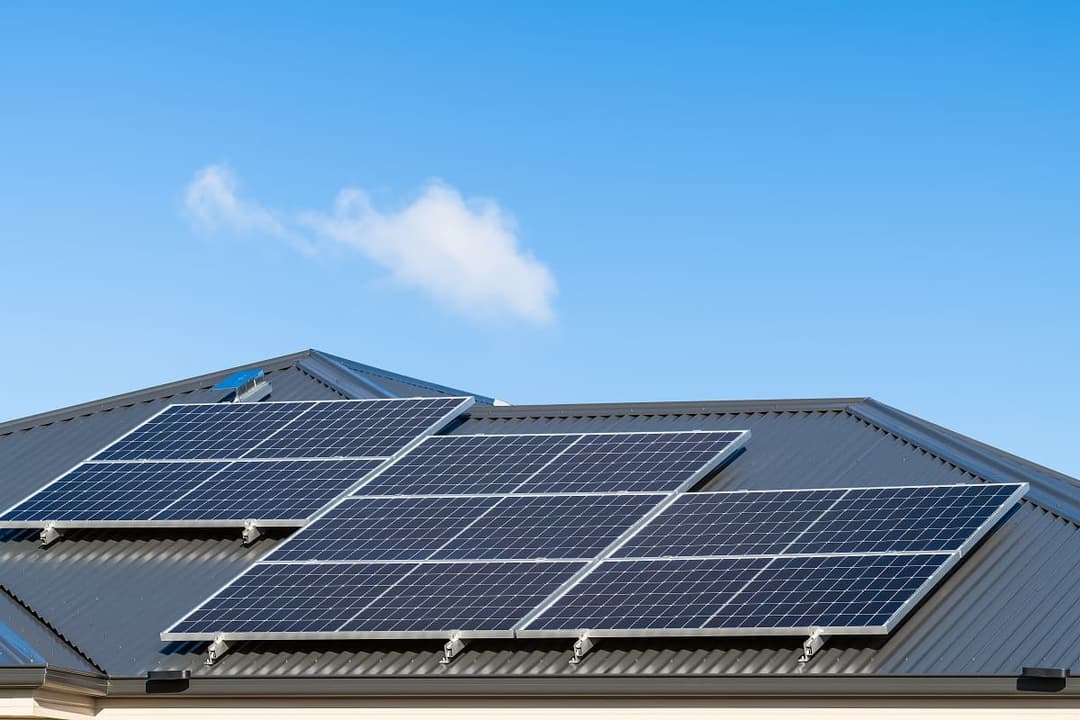
Electric Vehicle Incentives
The federal government has rolled out incentives for electric vehicles as part of its push to accelerate the transition to EVs. The Electric Car Discount exempts eligible electric vehicles from fringe benefits tax (FBT exemption) and import tariffs, making EVs more affordable for businesses and imported models. These incentives are designed to boost EV adoption and make cleaner cars more accessible to Australians.
Battery Incentives
The Federal Labor government has pledged to subsidise household battery installations as part of a new initiative to boost adoption of home energy storage systems. Under the policy, households would receive a 30% discount on the upfront cost of batteries. By way example it would reduce the cost of the following popular solar home batteries:
| Brand | Price (before rebate)* | Price (after rebate)* |
| Tesla Powerwall 3 | $8,500 | $5,950 |
| Alpha ESS | $13,600 | $9,520 |
*before installation costs
Labor expects the discount to help see 1 million new batteries installed by 2030, with the policy to be in place from July 2025.
State-by-State Breakdown: Unlocking Local Incentives for Solar, Batteries, and EVs
Each state and territory offers its own set of programs, designed to suit local needs and priorities. Below, we break down the key incentives available in each region.
New South Wales (NSW)
Home Battery Incentives
NSW has introduced the Peak Demand Reduction Scheme (PDRS) to support the installation of home batteries. Here's a quick rundown of the available rebates:
- Up to $4,000 when purchasing a new battery.
- Up to $500 for connecting your battery to a Virtual Power Plant (VPP).
To be eligible for these rebates, you need to have solar installed at your property, and your home must be connected to the grid. Larger batteries typically attract higher rebates, so if you're looking to make a big investment in battery storage, now is a great time to take advantage of these offerings.
▶️MORE: Electric Car FBT Exemption Explained (2025)
Electric Vehicle Incentives
There are currently no EV incentives available in NSW.
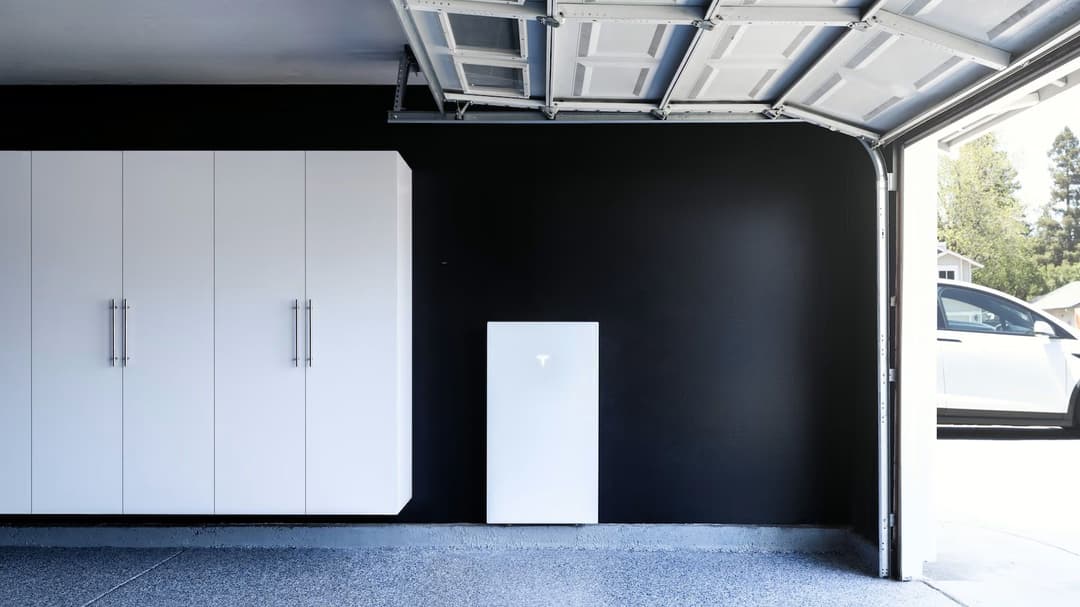
Victoria
Home Battery Incentives
In Victoria, the government offers interest-free loans of up to $8,800 to help homeowners install batteries. These loans are repaid over four years, making the upfront cost of a home battery more manageable. To qualify, you’ll need to meet income thresholds and have a solar panel system already in place or be installing one alongside the battery.
Solar Incentives
The Solar Homes Program offers rebates of up to $1,400 for solar installations. You can combine this with the interest-free loans for battery installations to make your transition to solar energy more affordable.
Electric Vehicle Incentives
While Victoria no longer offers specific EV rebates following the closure of the Zero Emissions Vehicle (ZEV) Subsidy, EV owners can still access free registration for electric cars through the Zero-Emission Vehicle Strategy.
▶️MORE: Are Electric Cars Better For The Environment?
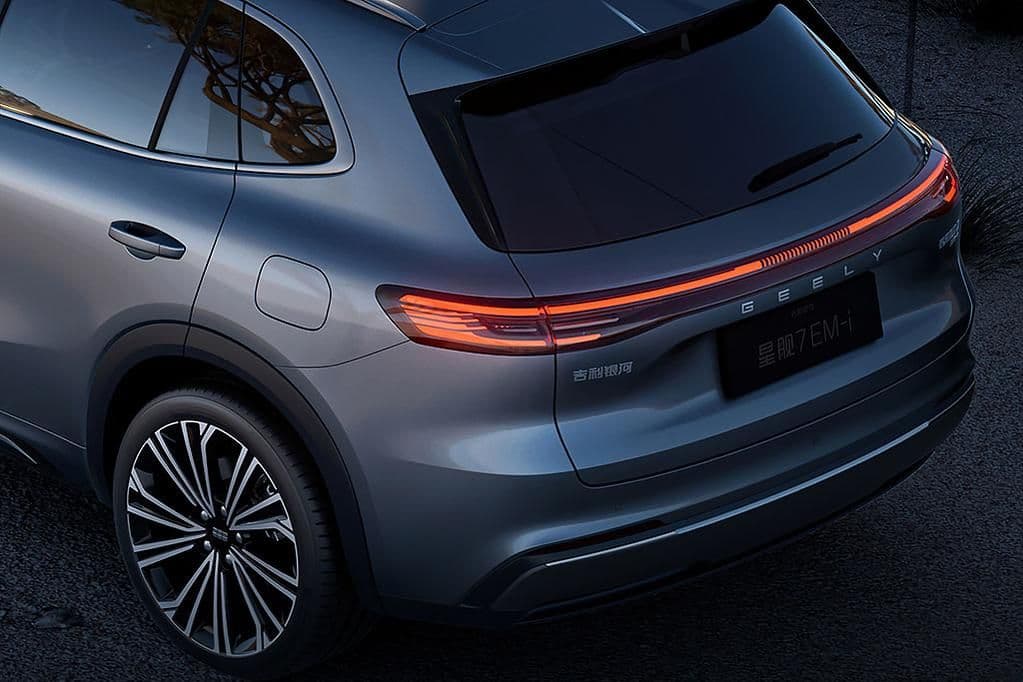
South Australia (SA)
Home Battery Incentives
South Australia’s Retailer Energy Productivity Scheme (REPS) provides rebates for home batteries. The rebate amount depends on the size of the battery and whether you’re part of a priority group. Rebates are capped at 28 kWh, meaning larger batteries won’t receive more support. You can also claim rebates for connecting your battery to a VPP.
Electric Vehicle Incentives
South Australia has a program that offers rebates for homes connecting an EV charger to an approved demand response aggregator. While this is a smaller incentive, it can still help reduce the upfront costs of installing an EV charger.
Queensland
Home Battery Incentives
The Battery Booster program previously offered up to $4,000 in rebates for home battery installations, but this program has now closed. If you missed out, make sure to keep an eye on any future programs that may become available.
Solar Incentives
Queenslanders can access the federal Small-scale Renewable Energy Scheme (SRES) to reduce the cost of solar installations.
Electric Vehicle Incentives
Currently, Queensland does not offer state-specific incentives for EVs. However, it’s worth watching for future announcements, especially as the government continues to push towards electrification.
▶️MORE: Your EV Battery May Last 40% Longer Than Experts Predicted
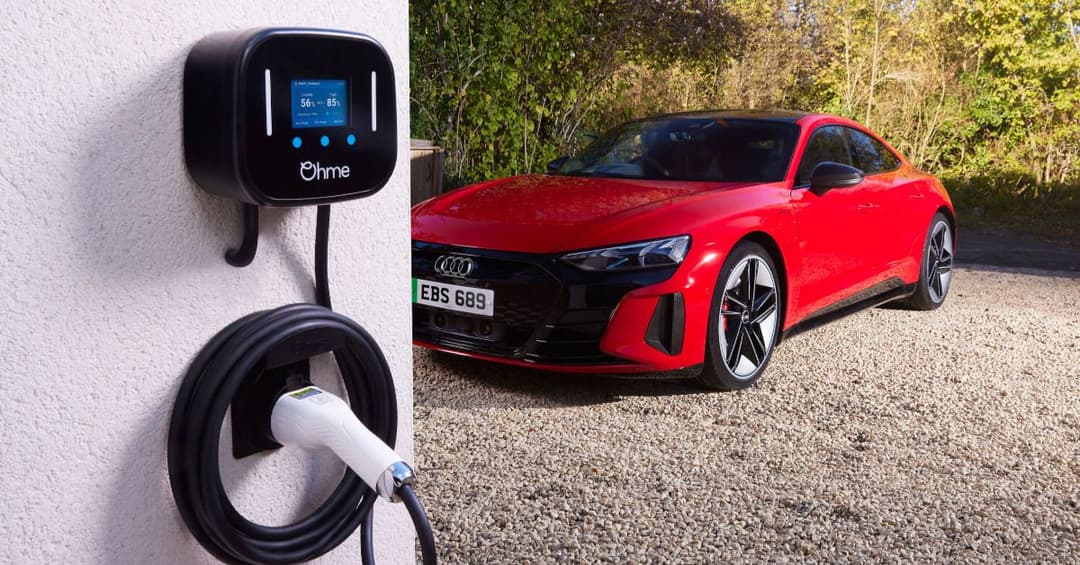
Western Australia (WA)
Home Battery Incentives
From 1 July 2025, the WA Government will introduce 20,000 rebates for residential batteries, offering up to $5,000 for Synergy customers and up to $7,500 for Horizon Power customers, with the rebate amount based on the battery size.
For Synergy customers, up to 19,000 rebates will be available at a rate of $500 per kilowatt hour (kWh) for up to 10 kWh of battery capacity. Meanwhile, up to 1,000 Horizon Power customers can receive rebates of $750 per kWh for up to 10 kWh of battery capacity.
No-interest loans of up to $10,000 will will also be available to help lower to middle-income households participate in the scheme.
Electric Vehicle Incentives
The ZEV scheme offers a $3,500 rebate for eligible vehicles, which must be zero-emission, light vehicles (such as sedans, SUVs, light commercial vehicles, and light trucks), have a maximum dutiable value of $70,000 or less, and be brand new and never previously registered.
Applications for the rebate will be accepted until midnight on 10 May 2025.
Australian Capital Territory (ACT)
Home Battery Incentives
The ACT offers two programs for battery installations:
- Sustainable Household Scheme: Provides zero-interest loans of up to $15,000 for home energy storage. This loan can be repaid over 10 years with no upfront costs.
- Home Energy Support Program: Offers rebates of up to $5,000 for homeowners, which covers 50% of the cost of rooftop solar and energy-efficient products like batteries.
Solar Incentives
ACT residents can access the same rebates for solar installations through the Home Energy Support Program.
Electric Vehicle Incentives
ACT offers zero stamp duty on new zero-emission vehicles and two years of free registration for both new and used EVs. These incentives are designed to make EV ownership more affordable and encourage local residents to switch to cleaner vehicles.
▶️MORE: How Long Do Electric Car Batteries Last?
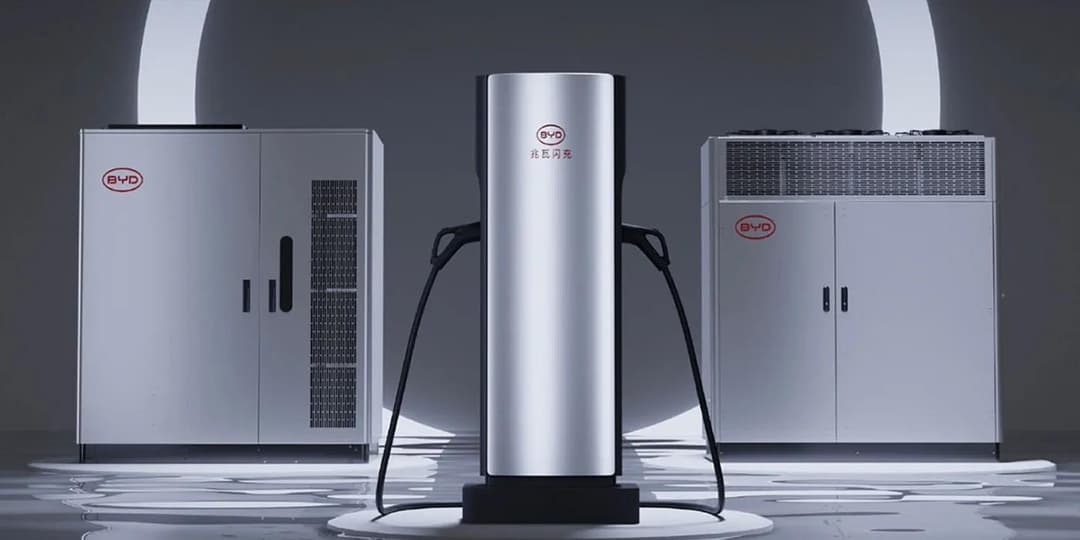
Maximising Your Incentives: Key Tips for Savvy Shoppers
To get the most out of these government incentives, here are some tips:
- Combine Incentives: Many programs can be stacked, meaning you can take advantage of multiple rebates or loans for solar and battery installations, as well as EVs. For example, you can use the federal SRES for solar panels along with state-specific battery rebates for maximum savings.
- Act Quickly: Some programs have limited funding or specific timeframes, so it’s important to act sooner rather than later to secure the best incentives.
- Know Your Eligibility: Be sure to check the specific criteria for each program, as they can vary widely from state to state and even from one program to another.
- Consider Timing: Some rebates and incentives may reduce or phase out over time. The earlier you make your investment in clean energy technology, the more you stand to save.
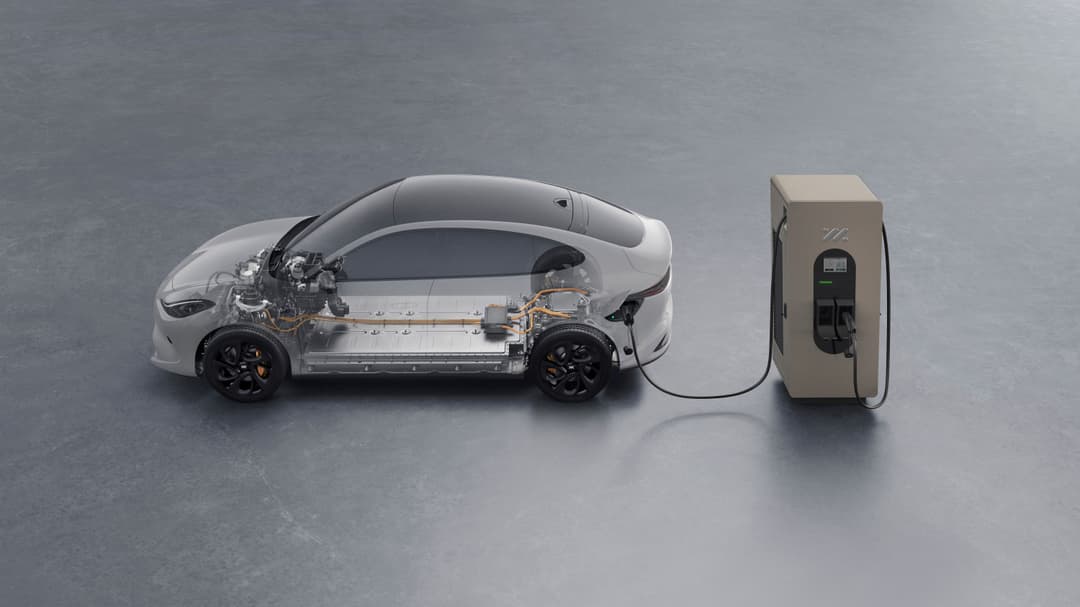
Conclusion: Taking the Leap into a Clean Energy Future
With government incentives offering significant financial support, now is the perfect time to invest in solar panels, home batteries, and electric vehicles. These technologies not only help reduce your carbon footprint, but they can also provide long-term savings on your energy bills.
Whether you’re in NSW, Victoria, Queensland, South Australia, or the ACT, there are local incentives designed to make the transition to sustainable energy more affordable. So, take the time to explore the options available in your area and make the leap into a cleaner, greener future today.
Stay up to date with the latest EV news
- Get the latest news and update
- New EV model releases
- Get money savings-deal
